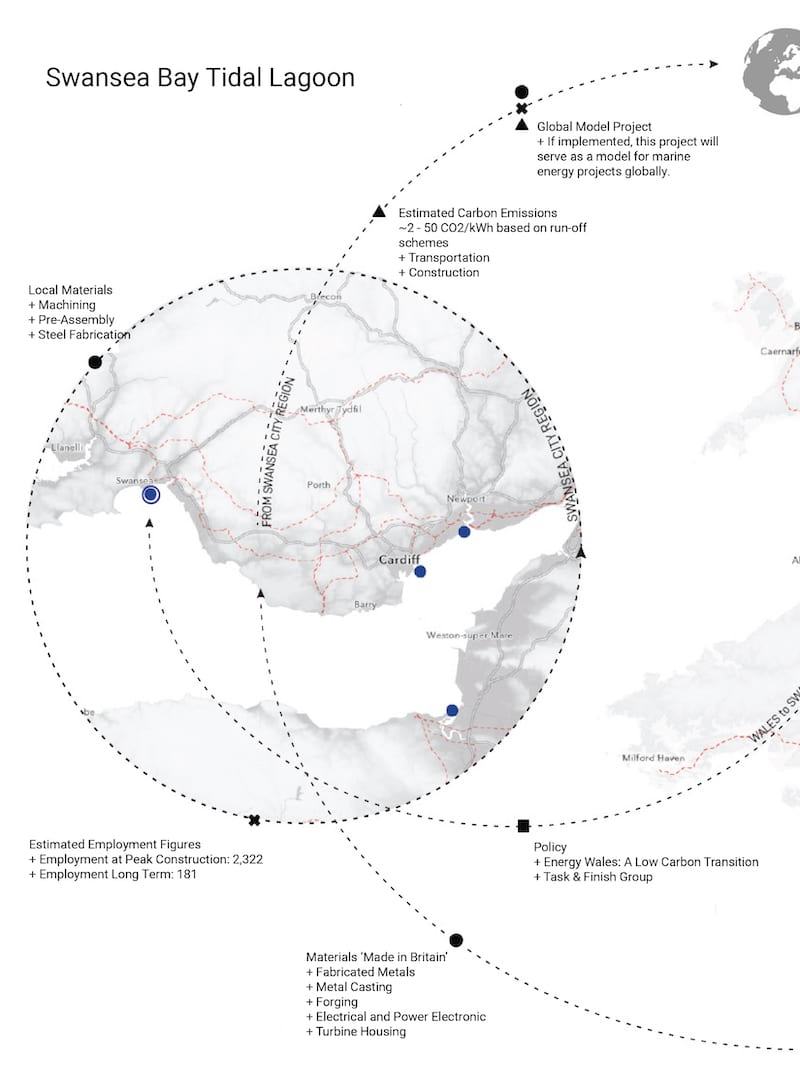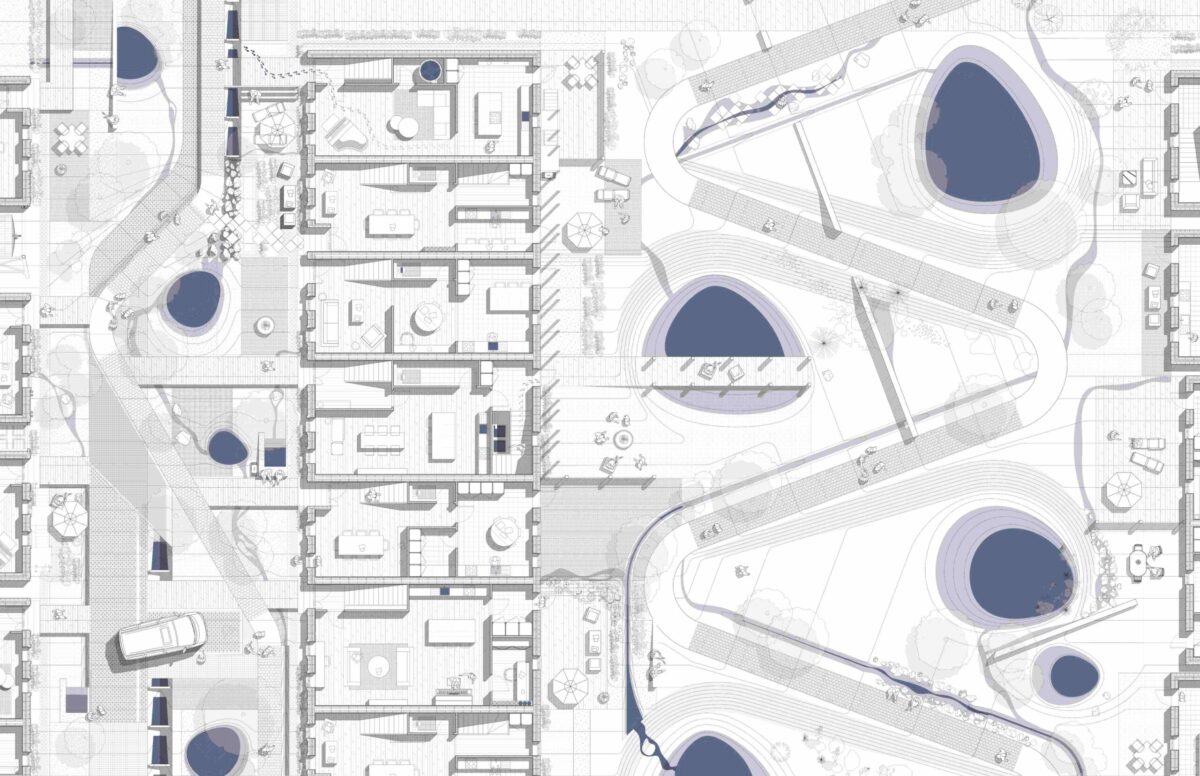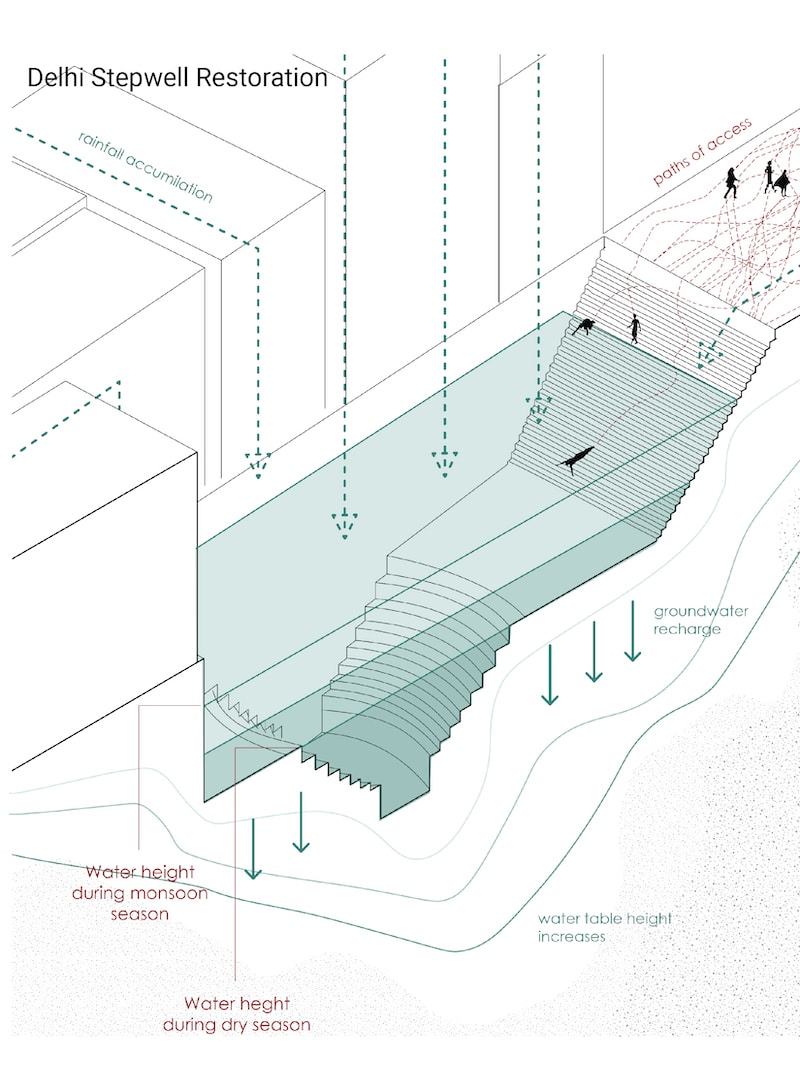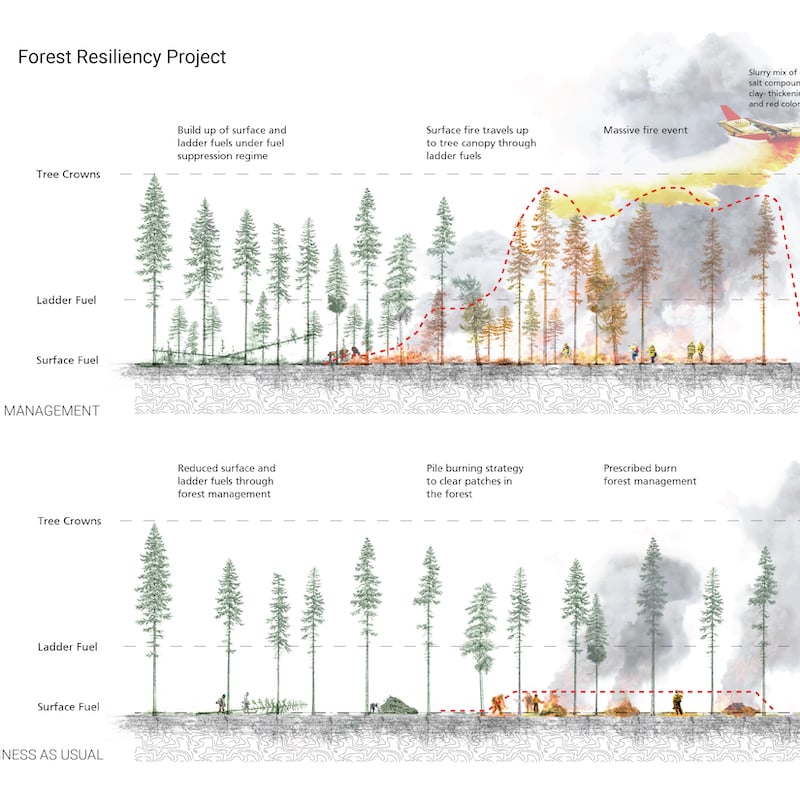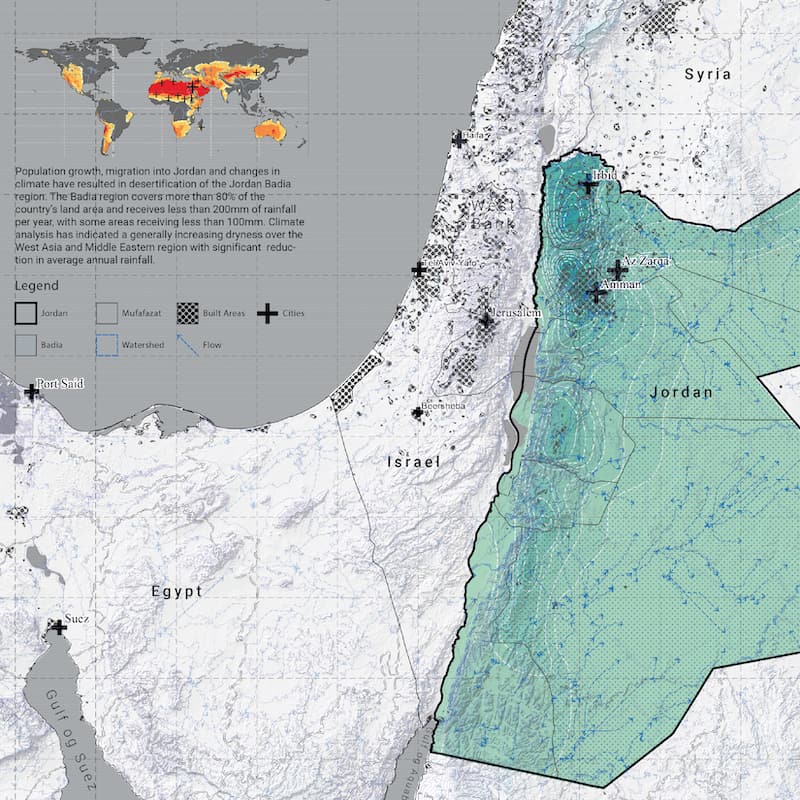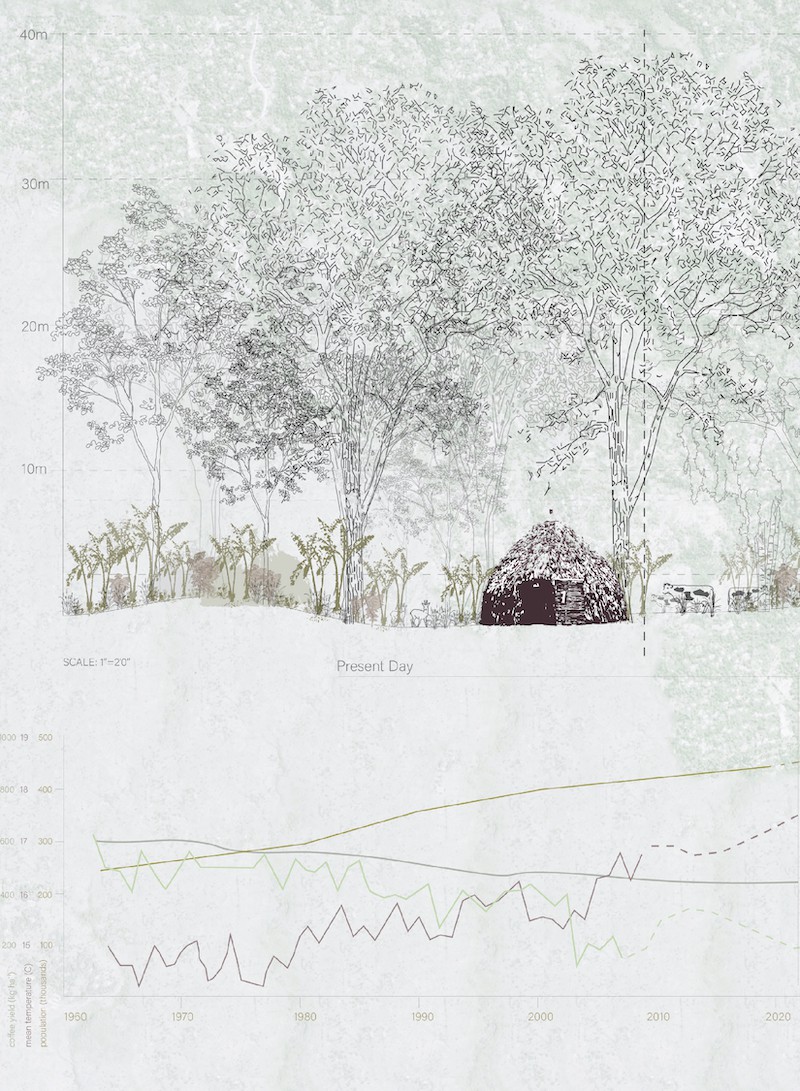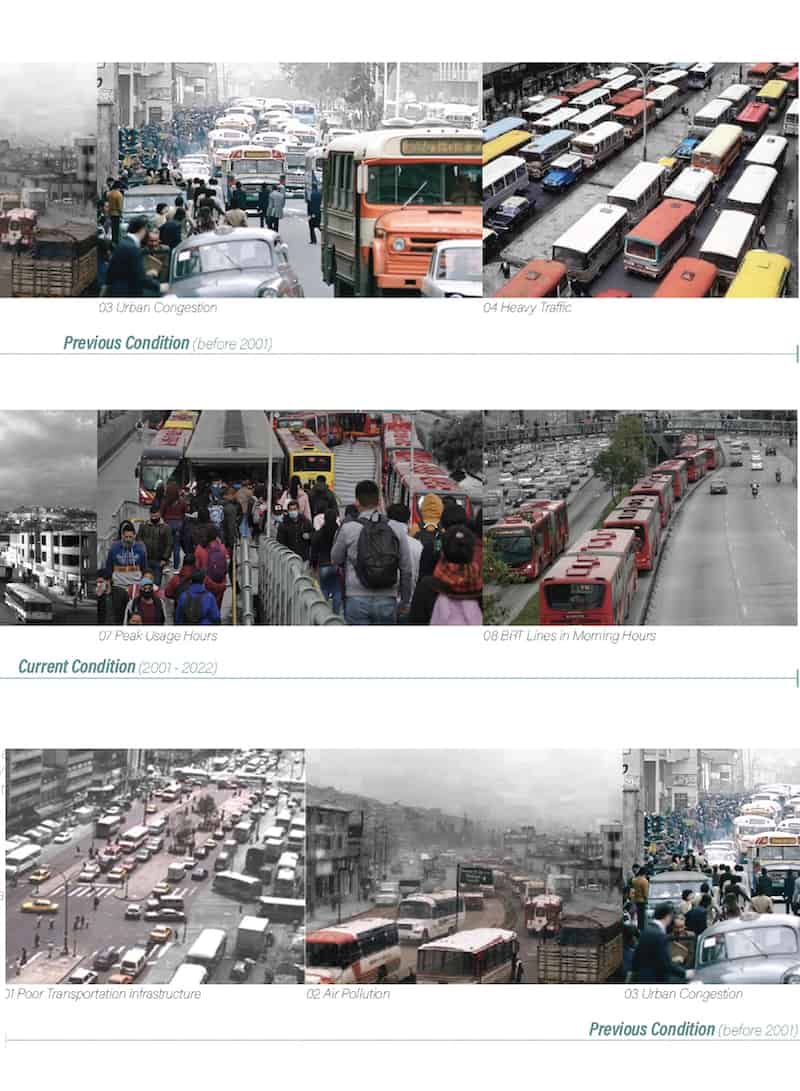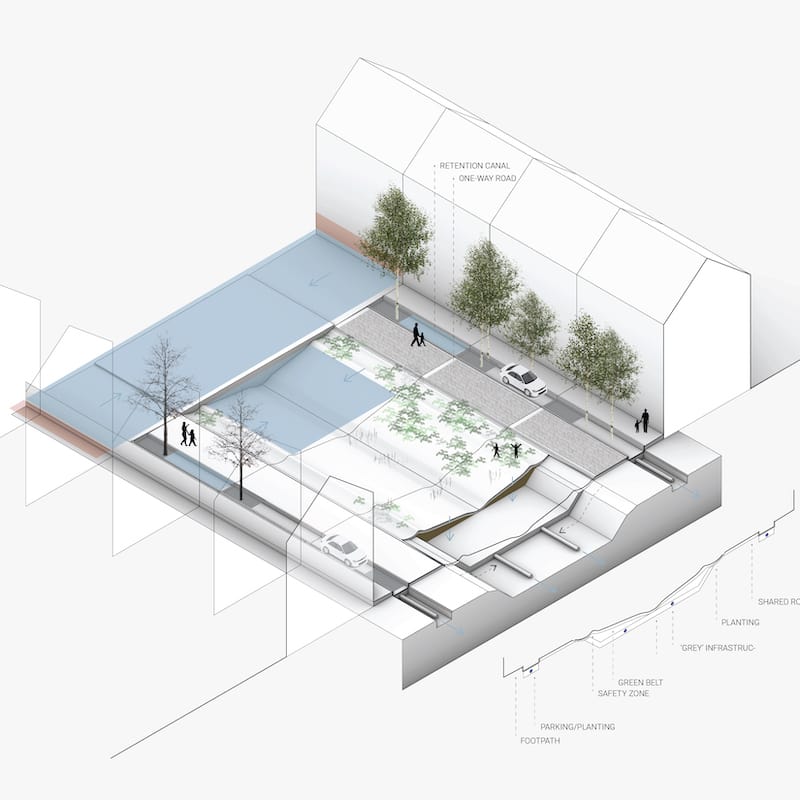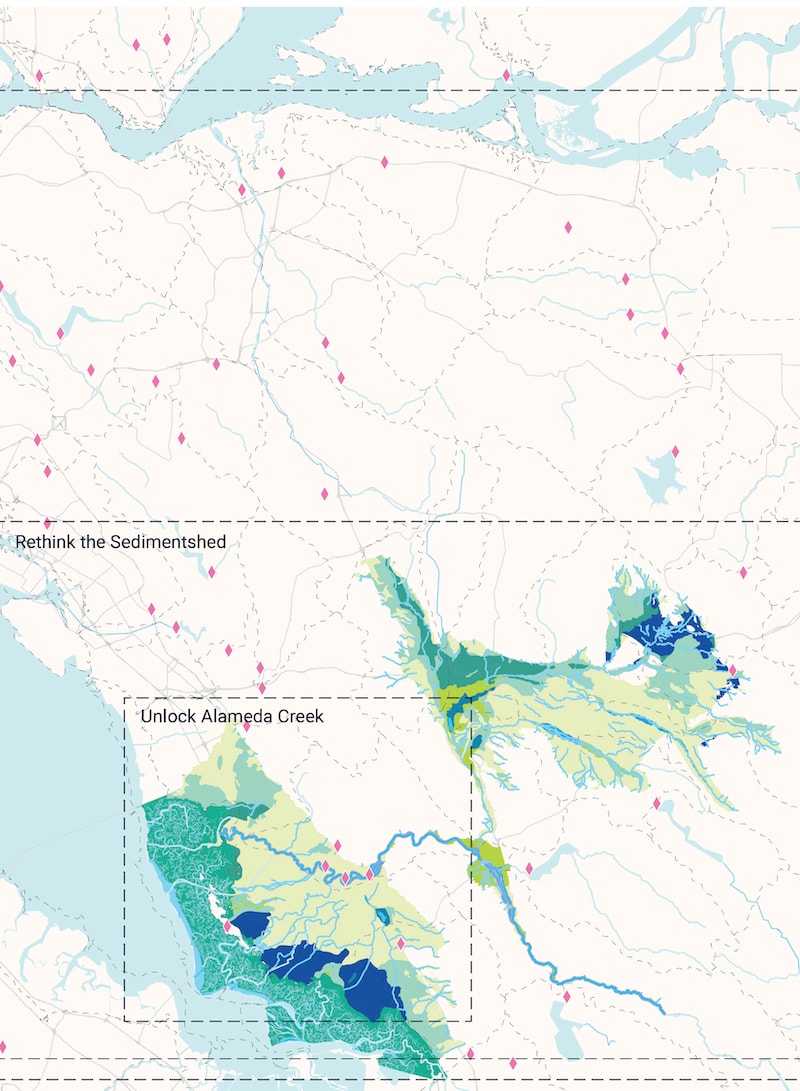Achieving these goals requires a community of learning committed to deeper analysis of the patterns of change and the role of design in reducing carbon emissions and adapting to climate risks. Climate by Design is the foundation of our commitment to building this community. It is a required course for MLA degree candidates and is open to other GSD and Harvard students interested in the climate crisis and design. The course is built around critical questions and interrogates existing systems of knowledge. What is climate change? What are the design strategies that respond to or anticipate these changes? How effective are they? Whom do they serve? And on what terms?
The effects and burdens of climatic change are unequal, contributing to increased social and economic disparity and often exacerbating historic patterns of inequity. The impacts are multiple and diverse, as are the many cultures and communities that must respond and adapt. To develop design tools that respond to these conditions, we need to understand not only the science but also the political, social, economic, and cultural contexts on the ground where design projects and movements are rooted.
Through a series of lectures by GSD faculty and external experts across various fields, this course introduces students to the science of climate change and explores the range of paradigmatic design responses. Throughout the semester, students work in teams to develop and analyze a case study, advancing methodologies for critical assessment and visual representation. The studies consider social, cultural, and aesthetic dimensions, environmental function, economic deployment, and political engagement. They are organized around 9 key themes and situated in different geographical, political, economic, social, historical, environmental, and climatic contexts. These exemplary cases are a means to understand and articulate the evolving role of landscape architecture in a changing climate.
Examples of these themes and student analysis of specific cases can be explored below.
